Daniel J. Siegel – Brainstorm, A Clinician’s Guide to the Changing and Challenging Adolescent Brain
$200.00 Original price was: $200.00.$75.05Current price is: $75.05.
You will understand attachment issues in adolescents and strategies for clinical issues including, substance abuse, sexual identity, and many more!
Daniel J. Siegel – Brainstorm, A Clinician’s Guide to the Changing and Challenging Adolescent Brain
Are you struggling to effectively treat behavior disorders, anxiety, and mood disorders in children and adolescents?
New York Times bestselling author, world-renowned neuropsychiatrist and bestselling co-author of The Whole-Brain Child, Daniel J. Siegel, M.D., helps you crack the code of the adolescent brain with groundbreaking research in interpersonal neurobiology based on his newest New York Times Bestselling book, Brainstorm: The Power and Purpose of the Teenage Brain. Dr. Siegel explores how brain development affects teenage behavior and relationships and how mastering this knowledge helps promote more effective psychotherapy, targeted treatment interventions and better understanding between parents and their teens.
You will understand attachment issues in adolescents and strategies for clinical issues including, substance abuse, sexual identity, and many more!
Rather than seeing adolescence as a period of immaturity or dysfunction, this view suggests that the essence of adolescence the emotional spark, social engagement, novelty-seeking, and creative explorations can best be harnessed by supporting these important and necessary aspects of our human development.
Dr. Dan Siegel’s inside out approach to the second dozen years of life gives us an exciting new clinical perspective on the essence of adolescence. Understand the clinical implications of the four pillars of adolescence and discover how these pillars are a necessary set of characteristics that are essential for both the individual development and for the health and adaptation of our species. These features of the teenage brain set the stage for changes that not only shape our life as adolescents, but can surprisingly be seen as essential to thriving in adulthood. How we as clinicians approach adolescence as a period and adolescents as individuals can make all the difference in how these important years are navigated well.
- Explore how brain development affects teenage behavior and relationships, and how this informs the clinician’s choice for treatment interventions.
- Identify the difference between impulsivity and hyper- rational thinking as it relates to clinical practice.
- List the 2 major components of the remodeling process in the teenage brain, and how this informs the clinician’s choice for treatment interventions.
- Name 3 outcomes of the changes in dopamine processing in the adolescent brain, and how this informs the clinician’s choice for treatment interventions.
- Describe 3 neurological processes that cause adolescent increased risk , and how this informs the clinician’s choice for treatment interventions.
- Compare adolescent risk-taking with and without the presence of peers, and the clinical implications.
Would you like to receive Daniel J. Siegel – Brainstorm, A Clinician’s Guide to the Changing and Challenging Adolescent Brain ?
Dispelling the popular myths of teenage behavior
- Cultural myths
- Modern scientific views
The Essence of Adolescence
- Benefits and challenges of this important period of life
- How the essential elements of adolescence are the core of living a vital adult life as well
- The myths vs. modern scientific views
- Risk-taking, pushing-away, and sexual behavior of adolescence
- Adolescence is now longer than ever before, creating unique stressors
The Adolescent Brain
- The developmental neurobiology of the adolescent period
- Pruning and myelination leads to the remodeling of the brain into the mid-twenties
- Risk-taking behaviors and the origin of hyper-rational” thinking overemphasizing the pros of a choice over the possible cons
- Develop gist thinking” that relies on intuition
- Exercises that stimulate the integrative growth of the brain
Adolescence and Attachment
- Attachment toward parents changes during adolescence
- Push toward peer connections
- Social engagement becomes a central part of teen life
- Early life attachment continues to influence the adolescent’s relationships and the emerging self
- Move non-secure attachment models toward security
- Mindsight skill practices”:
- Mind
- Brain
- Relationships
Clinical Strategies: Staying Present Through Changes and Challenges
- Emergence of a sexual identity and sexual relationships
- Romance and first love
- Drug use and abuse
- The return home of an adolescent who has already left for a period of time
- Other issues
- The most common period for the onset of serious psychiatric problems:
- Mood disorders
- Anxiety
- Disturbances in body image and identity
- Role of our cultural approach to the essence of adolescence
- Other issues
- Social media
- Nutrition
- Divorce
- Education
Be the first to review “Daniel J. Siegel – Brainstorm, A Clinician’s Guide to the Changing and Challenging Adolescent Brain” Cancel reply
Related products
NLP - Self-help - Dating
Dr. Bradley Nelson – The Body Code System 2.0 (Complete) + BONUS
NLP - Self-help - Dating
NLP - Self-help - Dating
NLP - Self-help - Dating
NLP - Self-help - Dating
NLP - Self-help - Dating
NLP - Self-help - Dating
Jacob Sokol – Quadruple Your Coaching Biz 19 expert sessions
NLP - Self-help - Dating

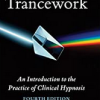
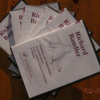

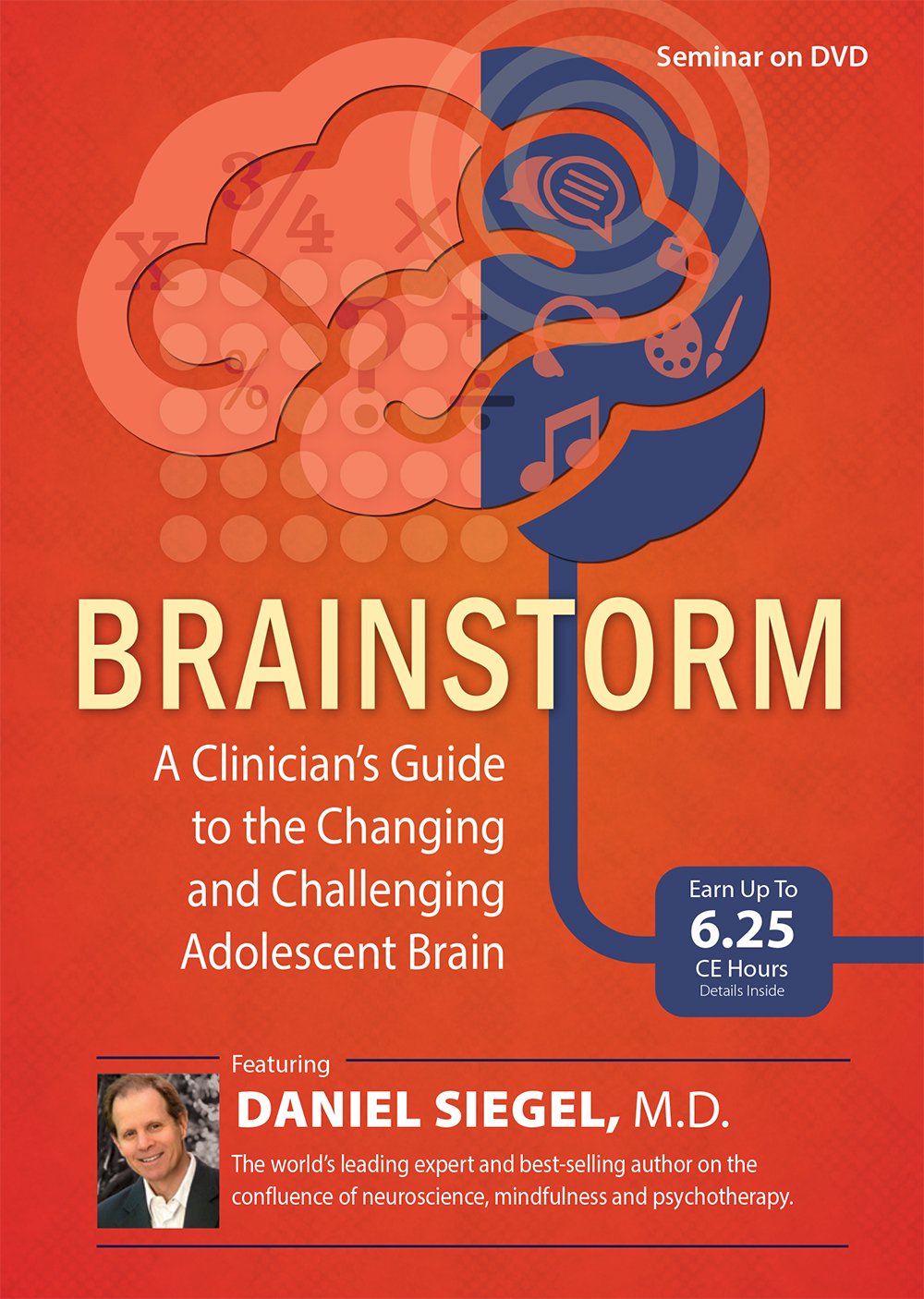
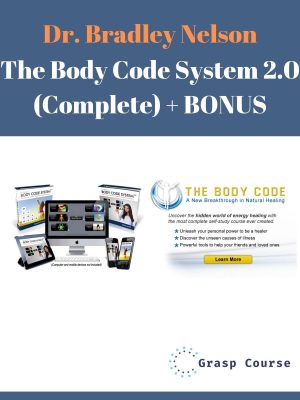


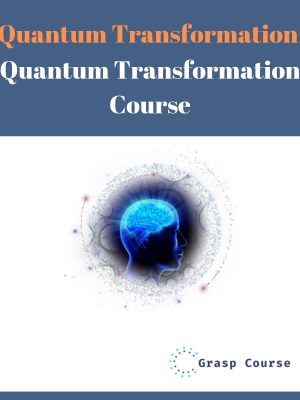




Reviews
There are no reviews yet.